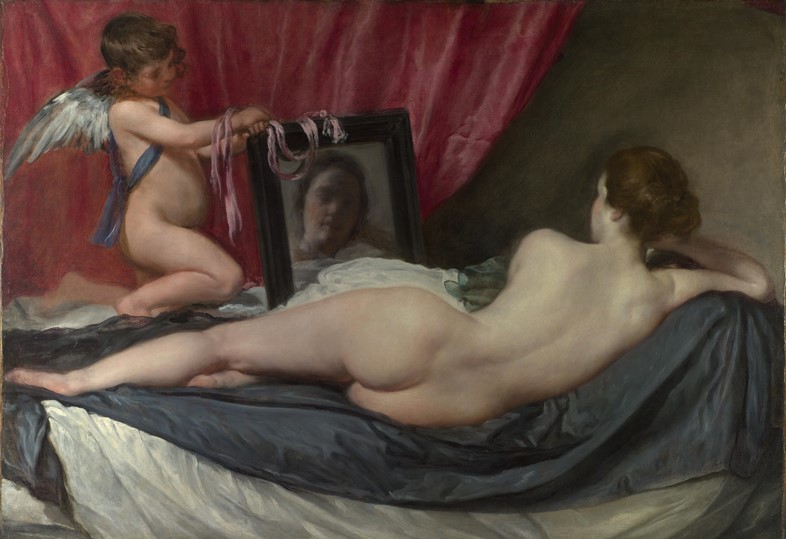Provocation and power: We decode one of Newton's most seminal photographs
“Any photographer who says he’s not a voyeur is either stupid or a liar,” proclaimed photographic provocateur Helmut Newton – and his 1976 image Bergström Over Paris is an apt realisation of this statement. Nicknamed the King of Kink, Newton was renowned for his fetishistic portrayal of women – often Amazonian nudes, postured and lit to perfection – and was regularly lambasted for his perceived misogyny. A man who lived through Nazi rule (he and his Jewish family escaped Germany in his teens), he was always quick to dismiss criticism, writing in his autobiography that “the term ‘political correctness’ has always appalled me, reminding me of Orwell’s Thought Police, and fascist regimes.” But, in spite of plenty of second-wave condemnation surrounding his nudes and a quintessentially male gaze, his photographs communicate a thoroughly self-aware message of female empowerment.

Bergström Over Paris is a particularly notable example of such awareness, because it draws such direct parallels to one of art history’s most famously disempowering depictions of womanhood: Diego Velázquez’s 1651 Rokeby Venus. A painting which epitomises a historically enforced notion of female passivity. Renowned feminist critic Griselda Pollock once described Velasquez’s Venus, her reflected image in the mirror a vague blur, as abjected from any sense of personality: “imposing no demand for recognition of individual identity.” In contrast, Newton’s woman – the Amazonian Gunilla Bergström – is cleanly and proudly reflected within her hand-mirror; extravagantly made-up and positioned far above the city of Paris, she appears thoroughly aware of her own, self-constructed power.
“Newton’s women look like if you tried to touch them, they’d bite your arm off... and maybe not just your arm” – Lee Alexander McQueen
“Newton’s women look like if you tried to touch them, they’d bite your arm off... and maybe not just your arm,” laughed Lee Alexander McQueen when he introduced Newton (his “kindred spirit”) in a 2001 interview panel – and, in Bergstrom Over Paris, his model is depicted as exactly that: a parody of an eighties power woman, only (notably) missing her broad-shouldered power suit. Several months before the panel with McQueen, Newton spoke with Lindsay Baker, and described his women as “triumphant”, his own personal politics as feminist – and, during a time where feminism wasn’t the fashion catchprase du jour – that was a pretty powerful statement from a renowned male photographer. What Newton’s imagery, his depiction of women – fetishistic or not – reminds us of is that to be a proudly sexual female performing for a male gaze doesn’t automatically make one subject to the patriarchy; it can be a self-aware and knowingly constructed power.
To see more of Helmut Newton’s iconic images, visit the Helmut Newton Foundation
